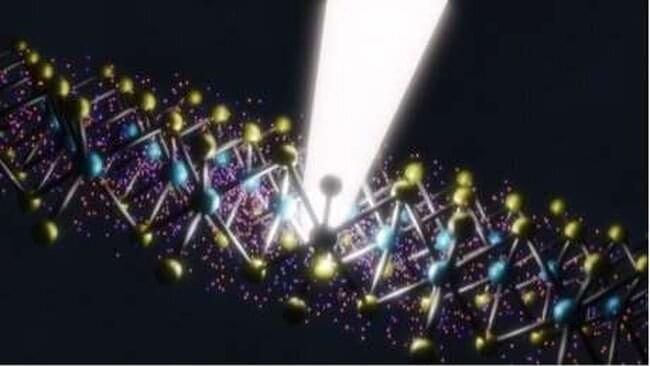Quantum materials are materials with unique electronic, magnetic or optical properties, which are underpinned by the behavior of electrons at a quantum mechanical level. Studies have showed that interactions between these materials and strong laser fields can elicit exotic electronic states.
In recent years, many physicists have been trying to elicit and better understand these exotic states, using different material platforms. A class of materials that was found to be particularly promising for studying some of these states are monolayer transition metal dichalcogenides.
Monolayer transition metal dichalcogenides are 2D materials that consist in single layers of atoms from a transition metal (e.g., tungsten or molybdenum) and a chalcogen (e.g., sulfur or selenium), which are arranged into a crystal lattice. These materials have been found to offer exciting opportunities for Floquet engineering (a technique to manipulate the properties of materials using lasers) of excitons (quasiparticle electron-hole correlated states).








